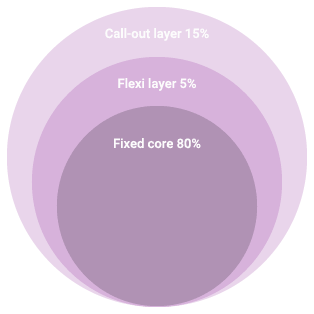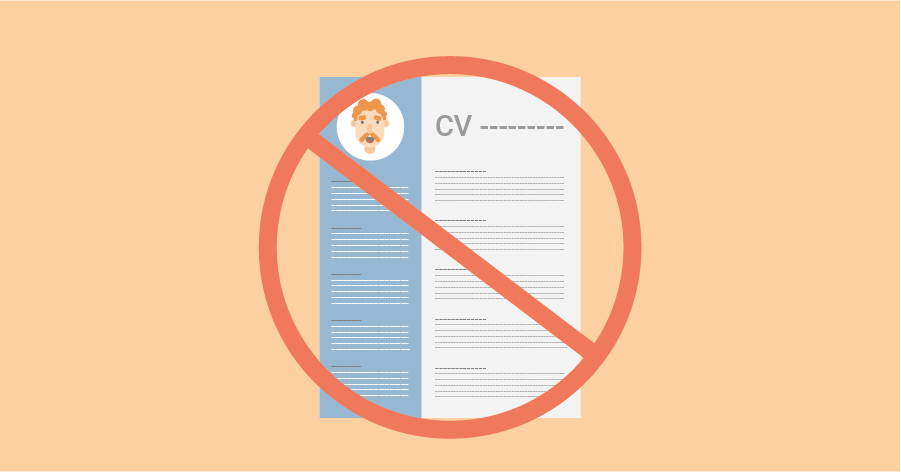Grip on shrink through innovative planning
If the demand and/or turnover drops, structurally, we speak of shrinkage. In a shrinking organization you need to get a grip on the biggest expenditure, namely the employment of employees. We explain our vision on shrinking below, from the perspective of employee planning through innovative plans.
Calculation example
There are 9 day shifts run on a department, from Monday to Friday, each of 8 hours. To do this, you need 10 employees who all work full time.
- 9 shifts x 8 hours = 72 hours a day
- 72 hours a day x 5 days = 360 hours a week
- 360 hours a week / 36 hours per fulltimer = 10 fulltime employees
When 10 full time employees are appointed, however, holes emerge in the planning. This is because, for example, one of the 10 employees is sick, on holiday, or absent for any other reason. Those holes need to be filled, because as we have seen, this example assumes that there are always 10 staff required.
The absence due to illness, holidays and/or training is well known and this is also considered in the budget through the gross/net factor. The department gets a budget of 13 FTE. Of the extra budget (3 FTE), the department can pay staff to fill in the absence.
Unfortunately, we see that in many organizations the team doesn’t consist of the maximum required 10 FTE, but that all 13 FTE have a fixed hours contract. That is inconvenient and unnecessary. If no one is sick, on holiday or gone on training, there are not 10 but 13 people at work! There is a smarter way to deal with this appropriately.
Solution: apply the Year Hours System to the permanent employees and calculate a flexigrade for the entire organization or for its components.
Innovative planning
For the factors that determine the difference between gross and net hours you can make a plan to absorb those hours. You should, of course, take into account the circumstances in your organization, such as specific (scarce) qualifications and the industry in which your organization is active. This plan is called the Layered model and is shown in the figure. As previously mentioned, the outcome of the flexigrade calculation depends on a number of factors. The listed numbers are therefore fictitious.

Fixed core of 80%
These are the permanent employees who are scheduled on a basic timetable. These basic timetables cover 100% of the staffing requirement of the 10 day shifts. If there are gaps, those are not filled in from this fixed formation entered, but by the Flexi layer or flex pool. When a formation has a higher ratio than 80/20, the Year Hours System is applied to take care of the predictable gaps due to leave and training.
Flexi layer of 5%
This is a budgetary reservation for paying employees from the permanent core that sometimes do additional work. These people are deployed from min/max contracts, payable excess hours or temporary increases of contracts. The Flexi layer is used as far as possible for medium term gaps.
Call-out layer of 15%
This layer is organized company-wide to have the correct scale. The call-out layer is mainly used for short-term emergencies. That means that gaps in the timetable caused by emergencies, will be filled as little as possible from the permanent formation. This leads to a disruption of the annual timetables and the stability that exists therein.
A portion of the call-out layer can be structured with employees with permanent contracts, because a portion of the flexible demand is quite predictable. After all, who will fall ill and when is unknown, but that in week x there are typically y day-shifts lost is a known fact. Because most gaps are only filled in in the short term, the current demand can be involved in the decision. This will prevent flexi-staff being scheduled while that is in fact not necessary due to a lower demand.
Basic conditions
To work with this system a number of conditions must be met. The most important is that there should be a strong cohesion when working according to the methodology outlined above. A properly functioning call-out layer is a condition when the flexgrade-cut is applied in the formation.
Another precondition is that the executives in the primary process are aware of and have faith in this system. They must after all be the bridge between policy and practice and are responsible for the deployment of personnel.
Working with this methodology in the primary process is quite exciting. The interests of HRM, finance and the primary process are not always balanced, but with innovative planning, you will get a grip on shrinkage.
Bart van der Wijst
Bart is the managing director of PlanMen. PlanMen helps organizations with staff and or capacity planning to better organize their people and work. PlanMen also provide various training courses in the field of Workforce Management.






